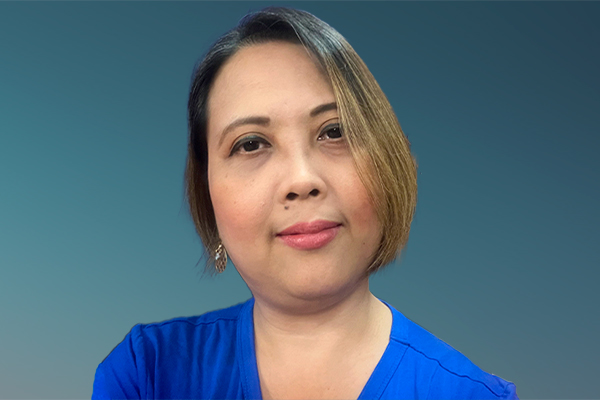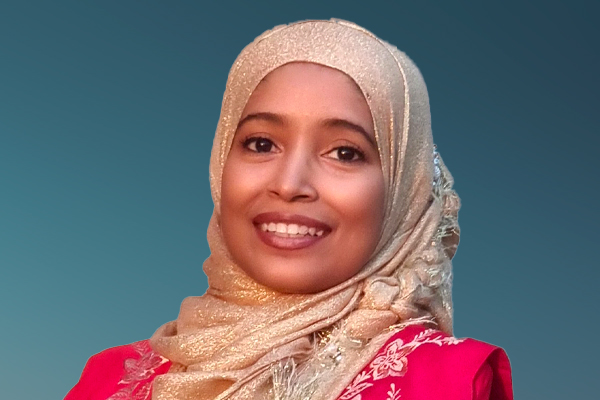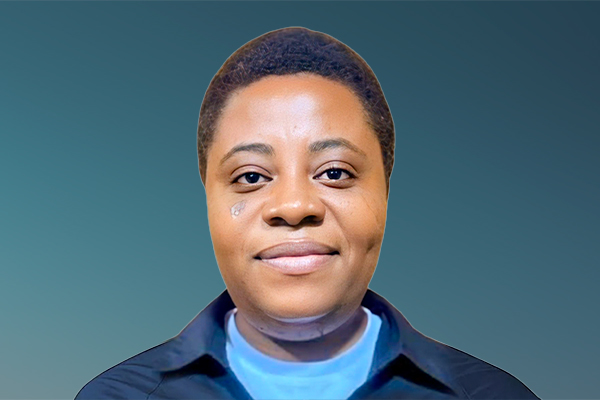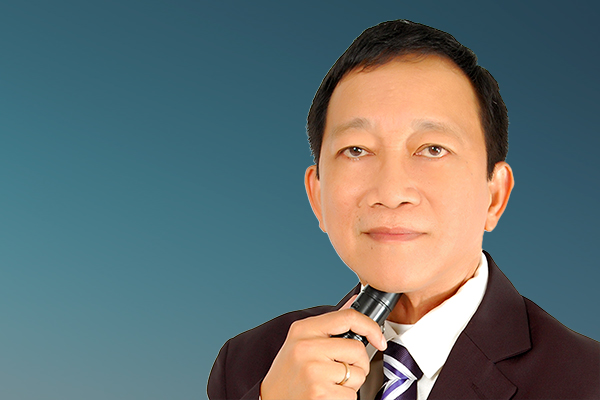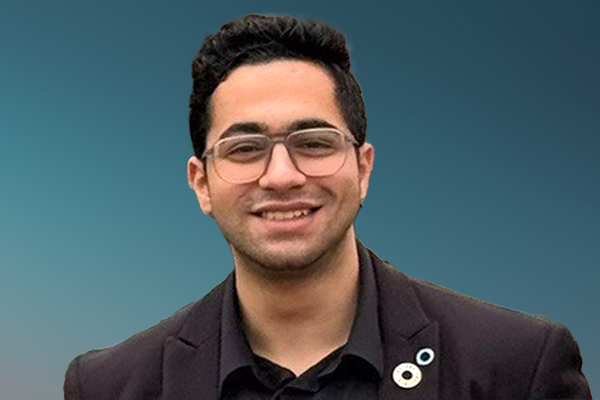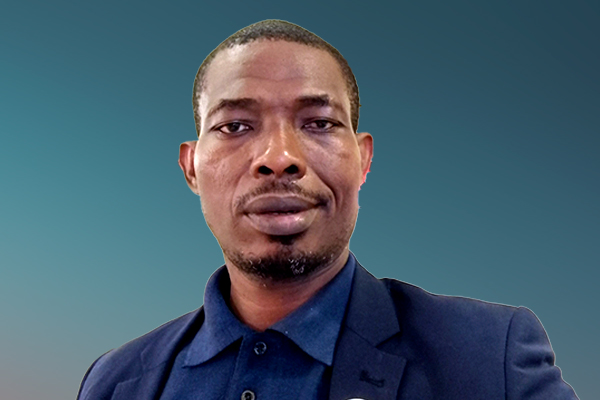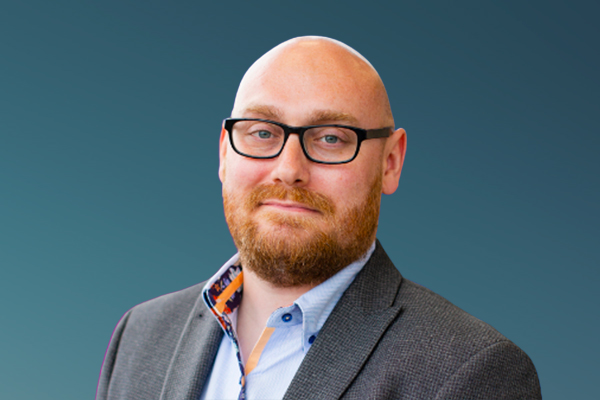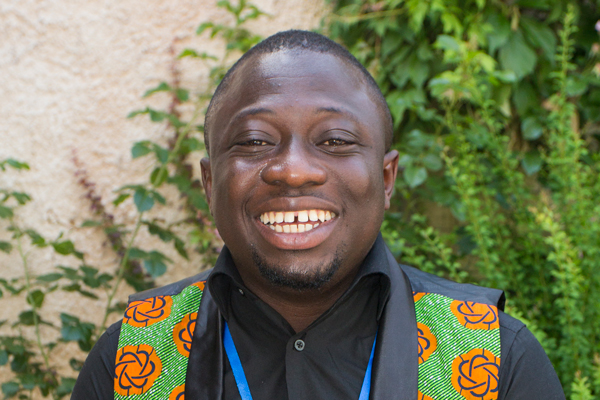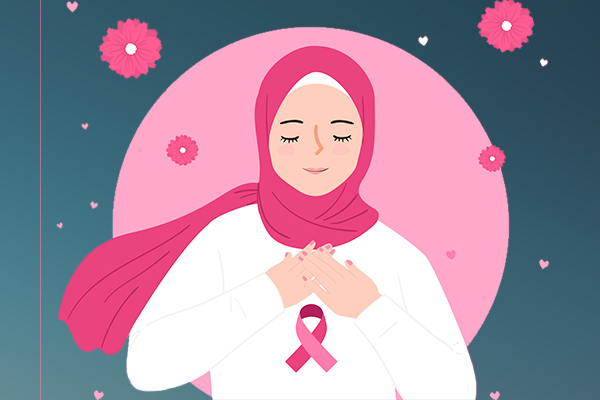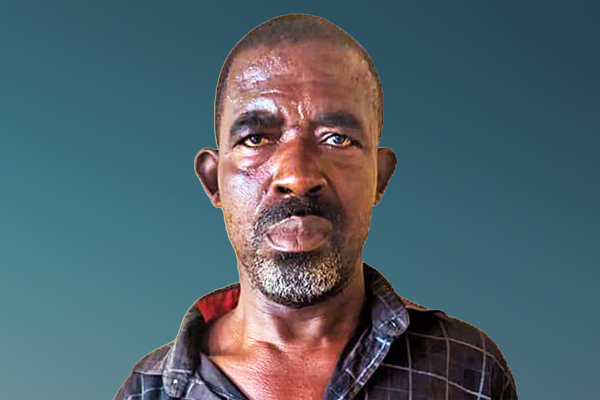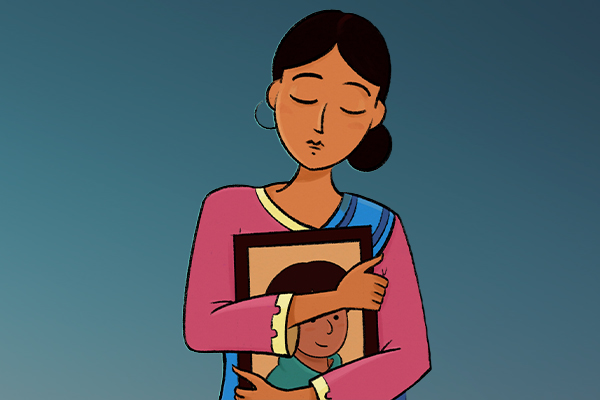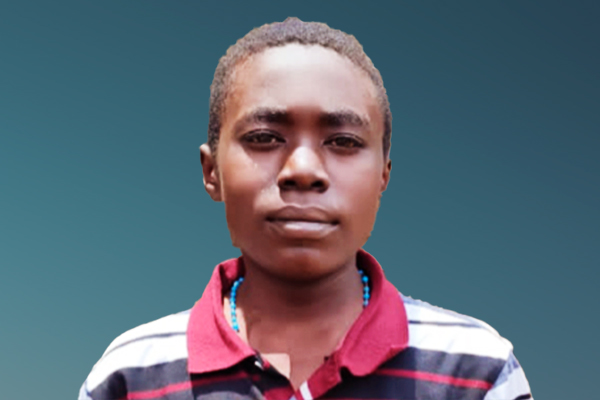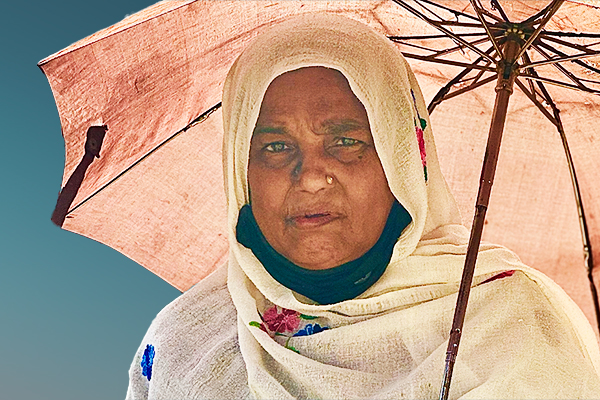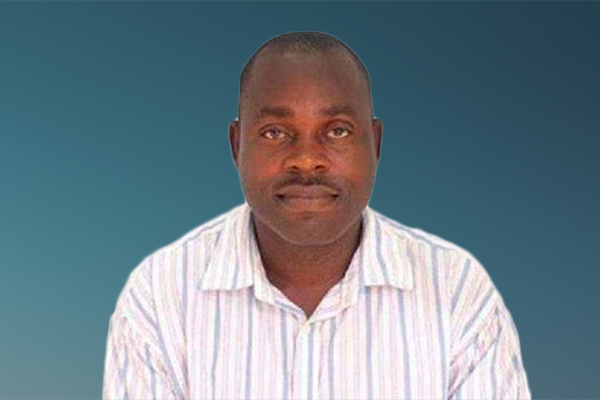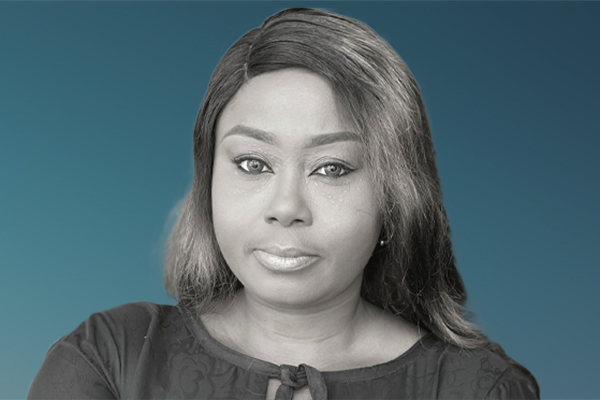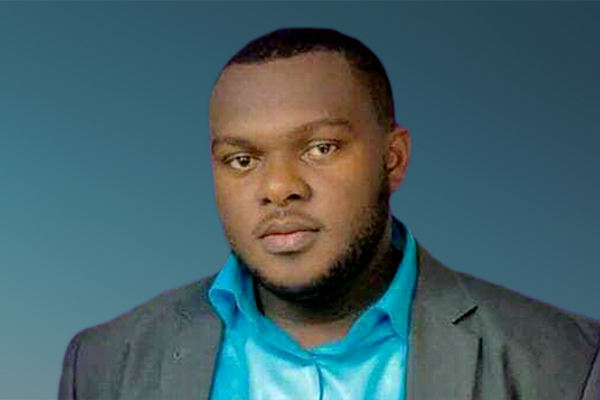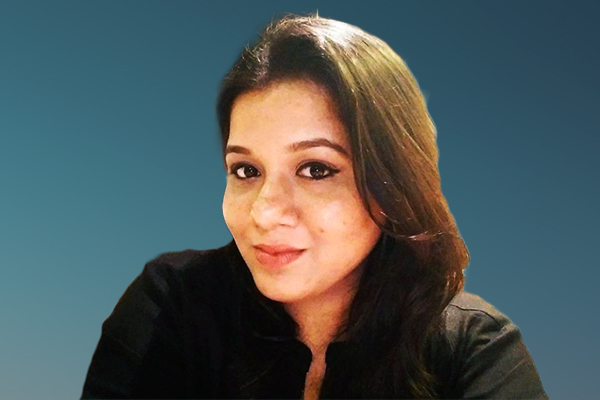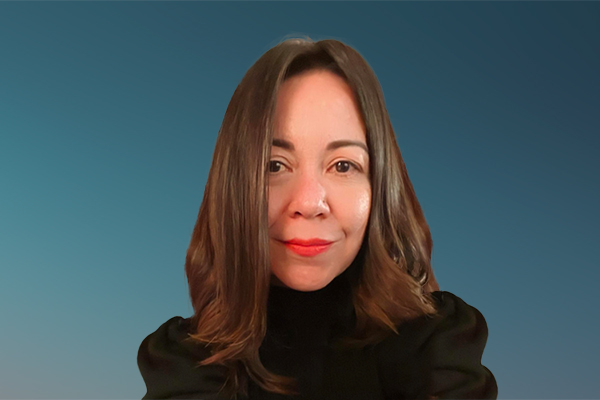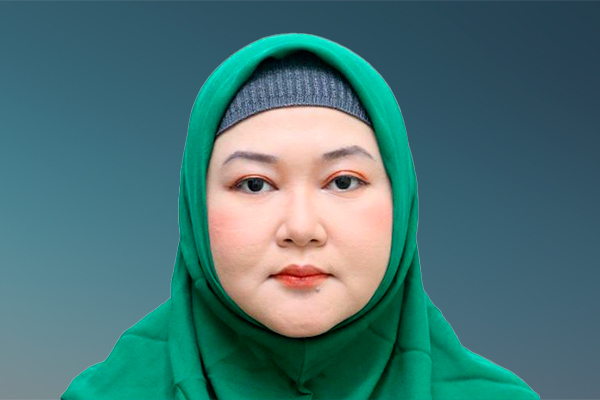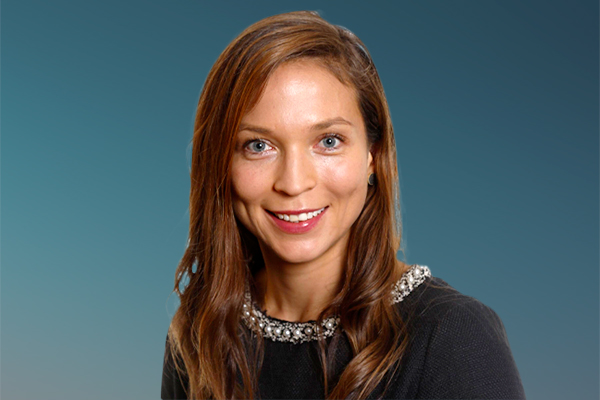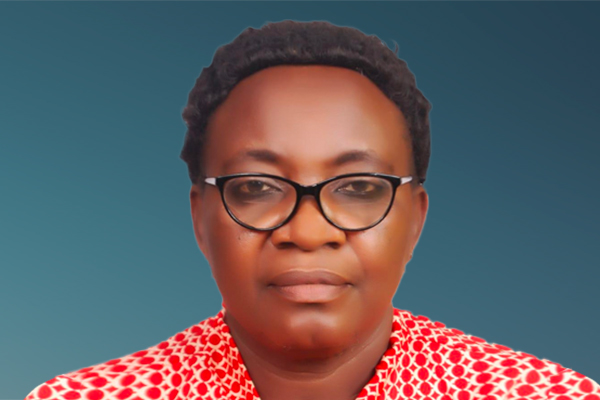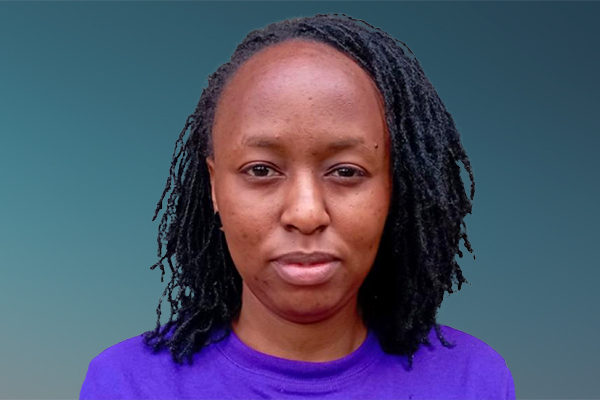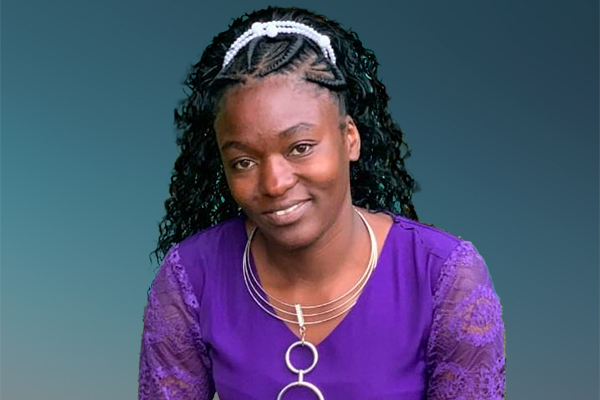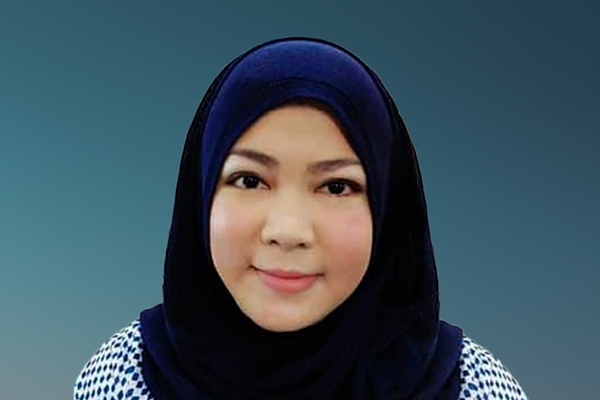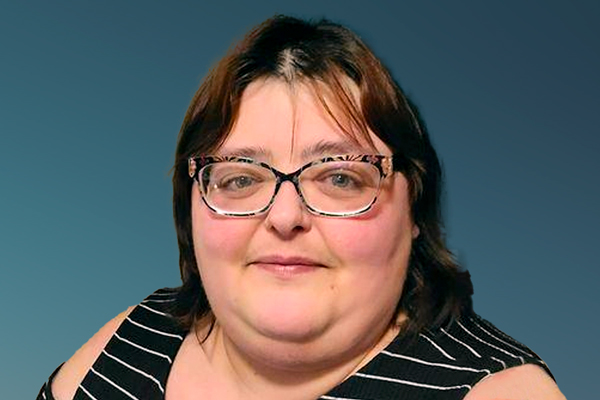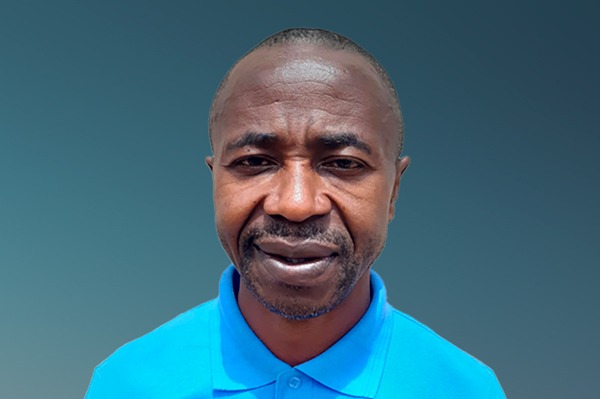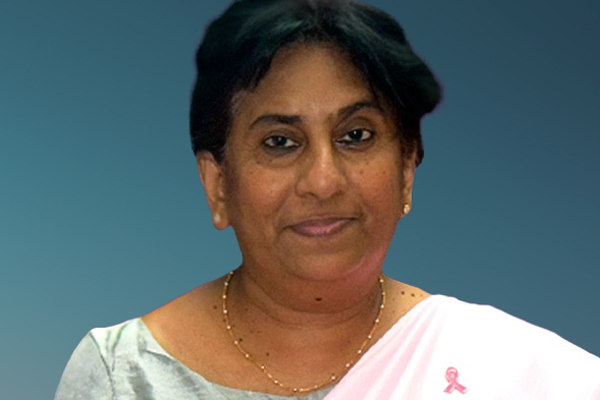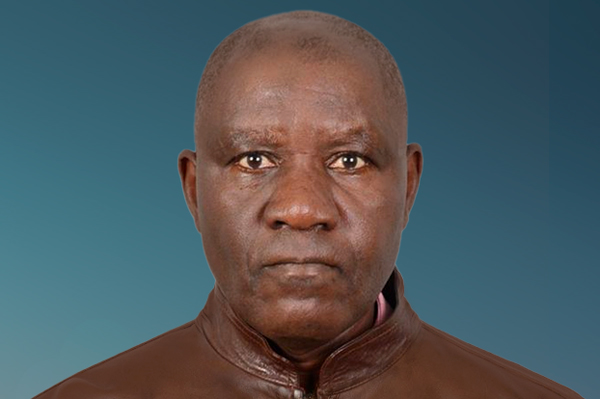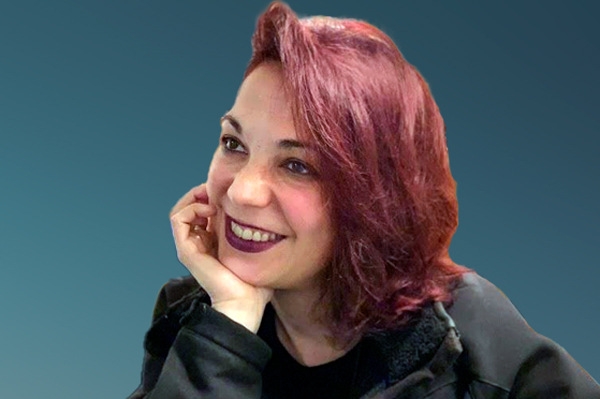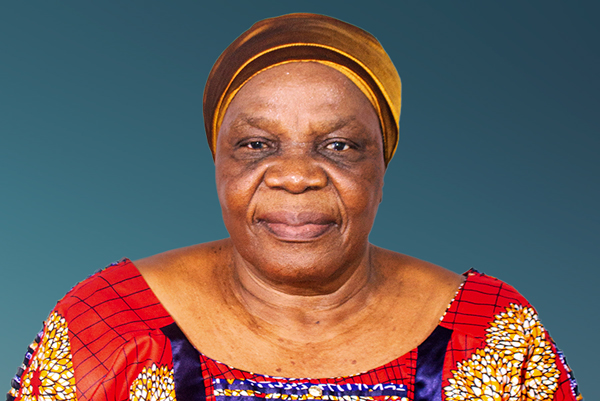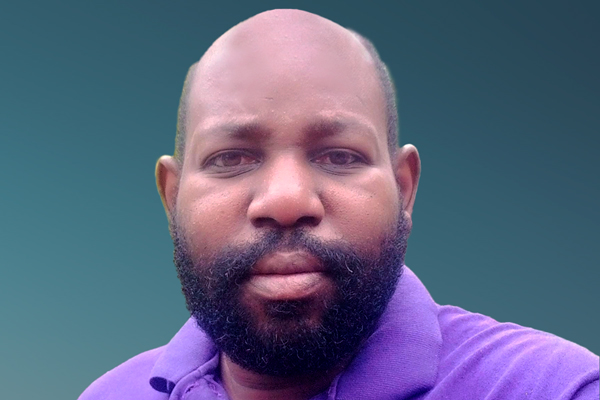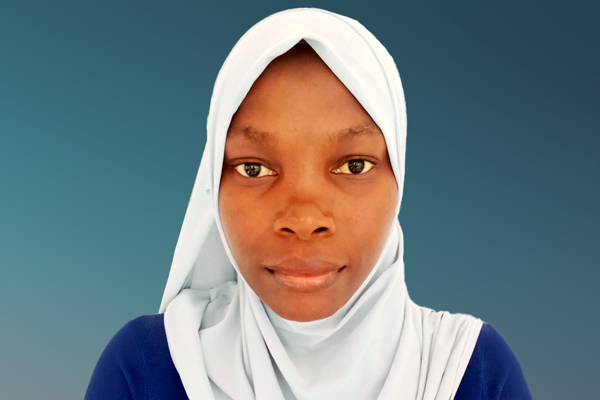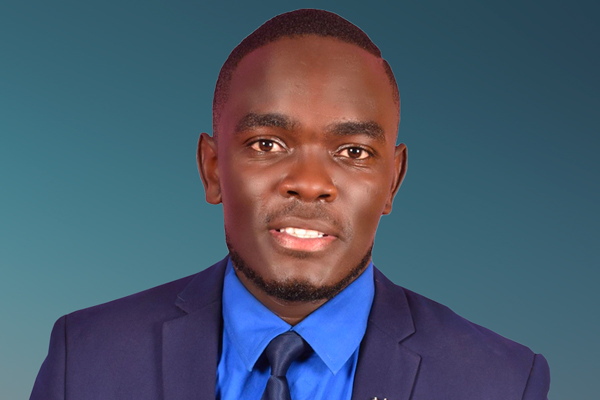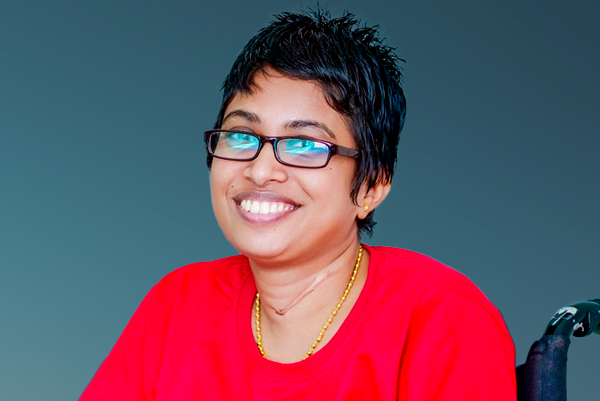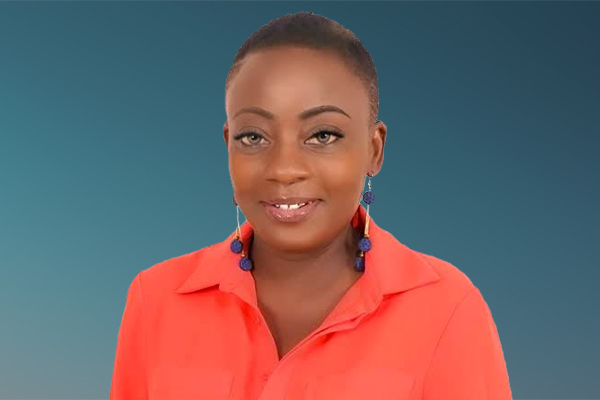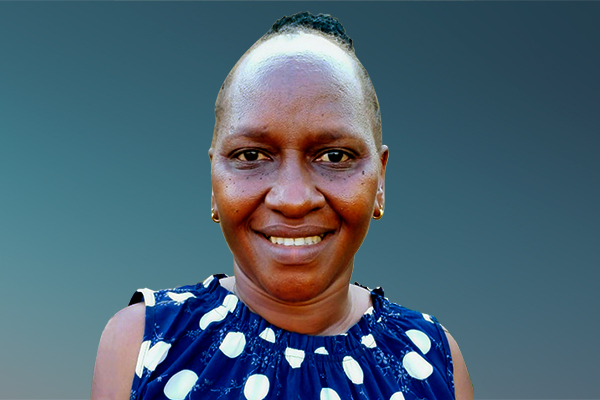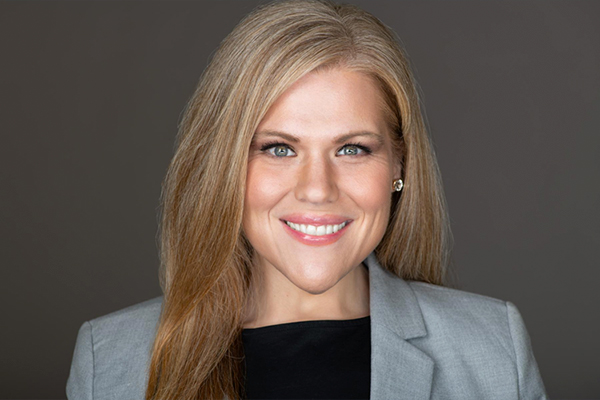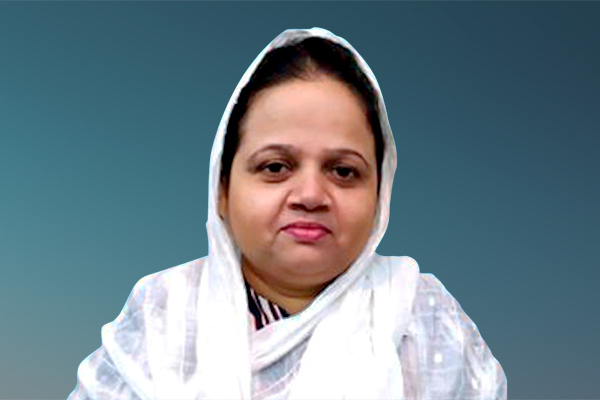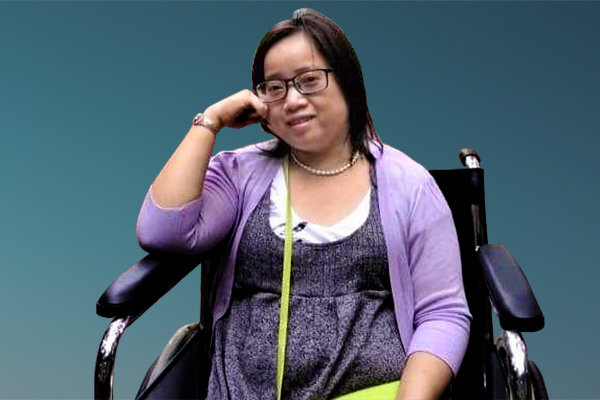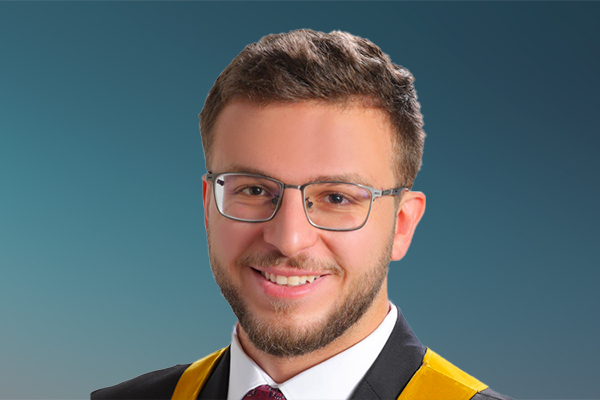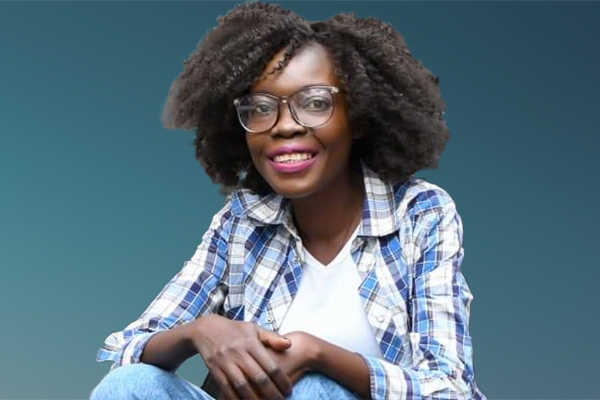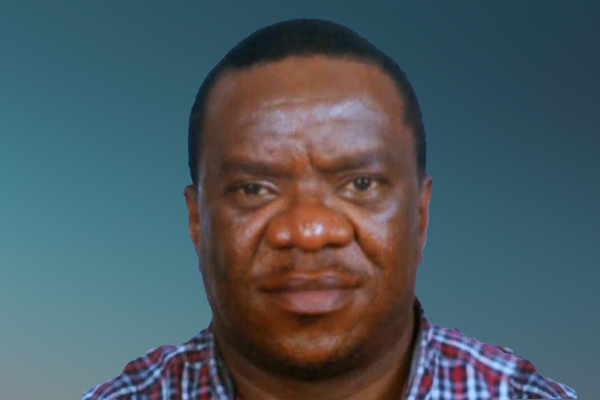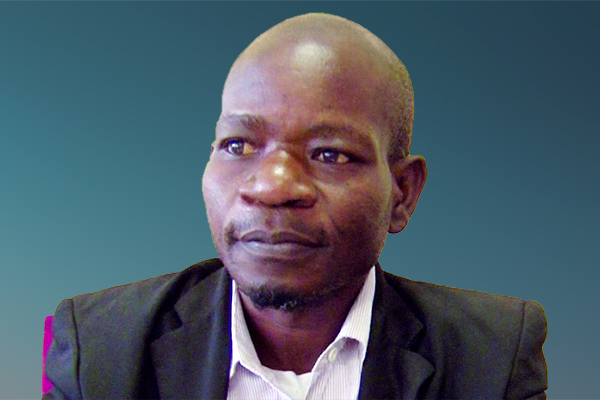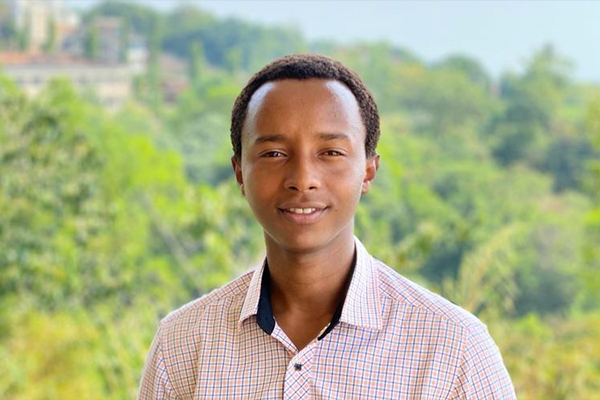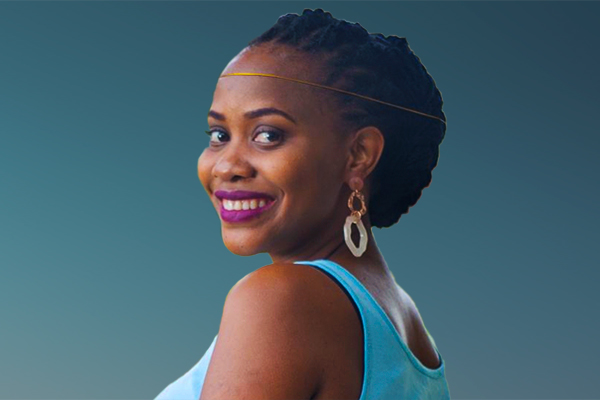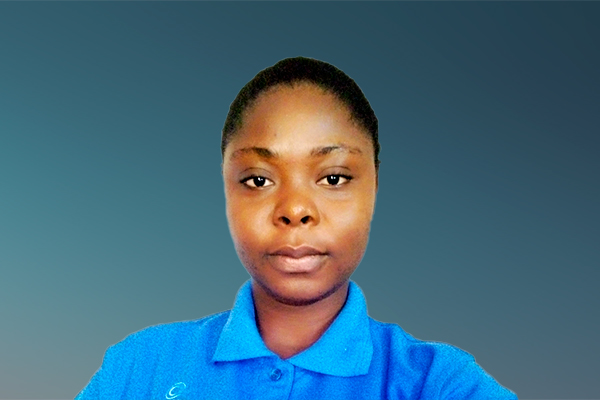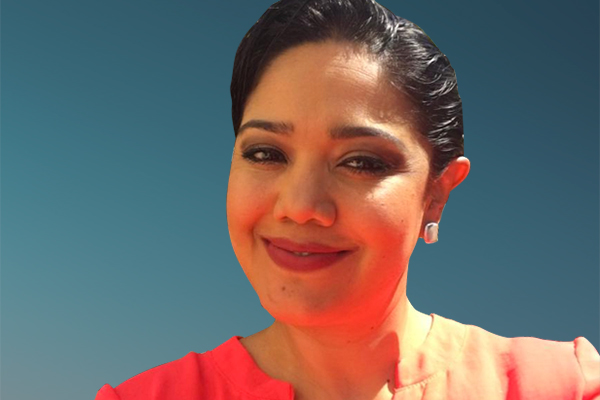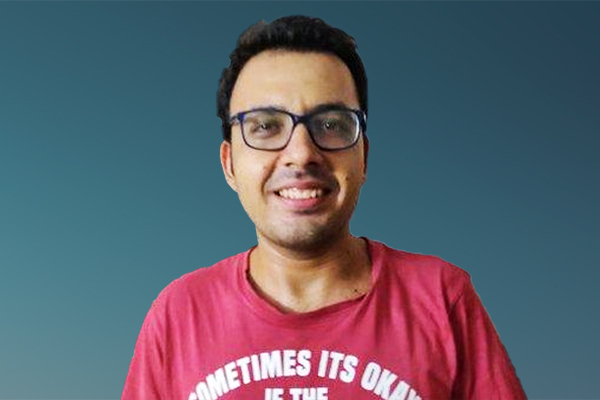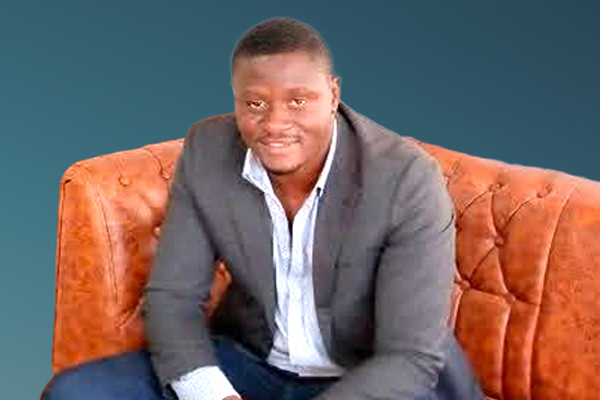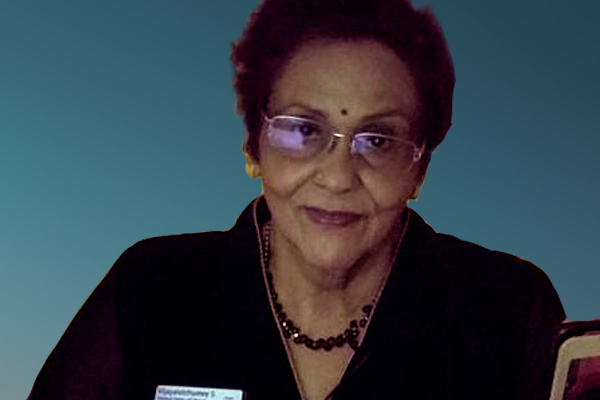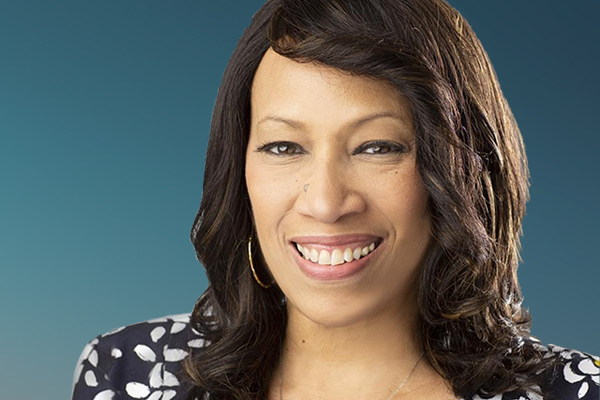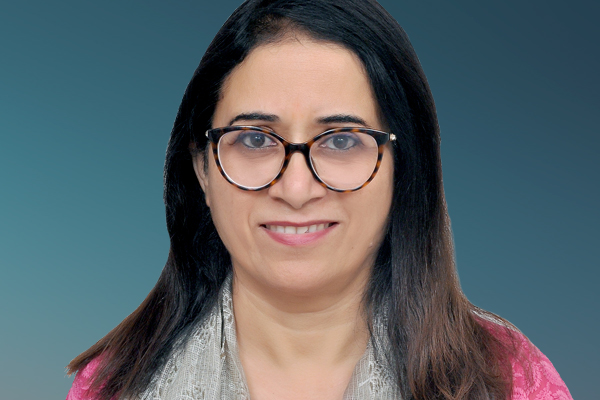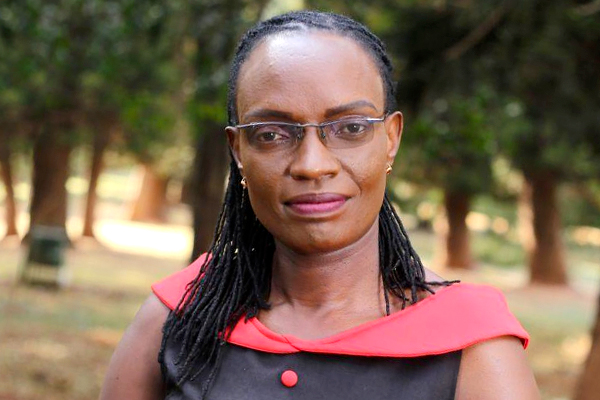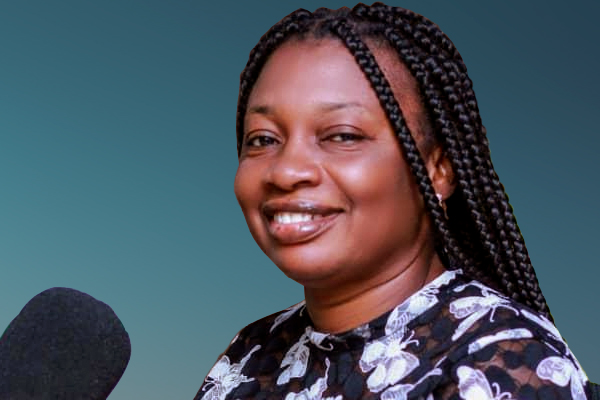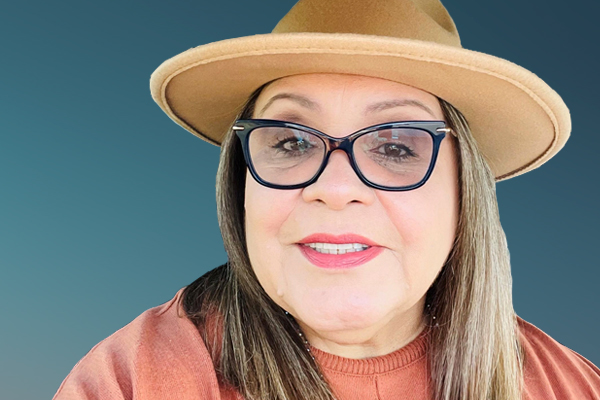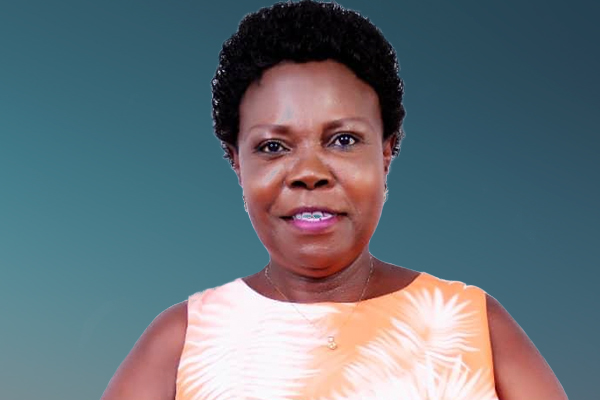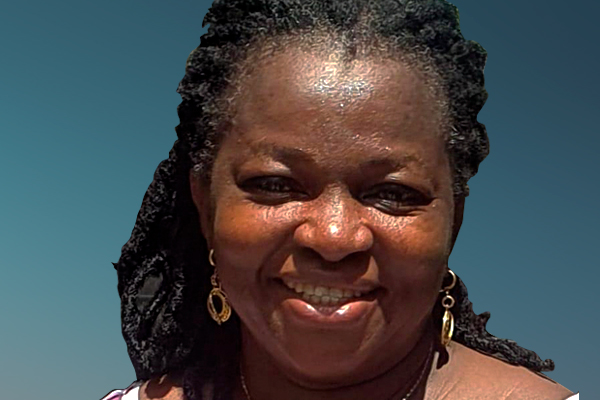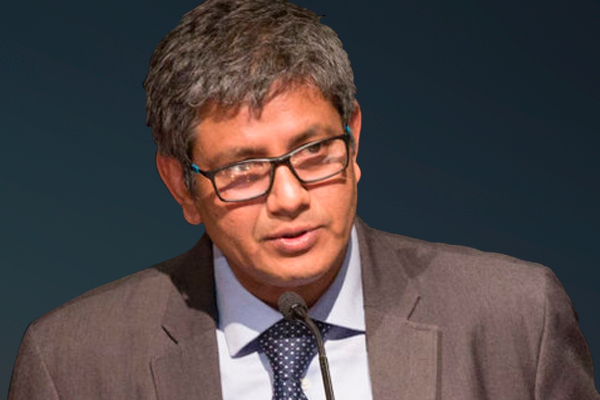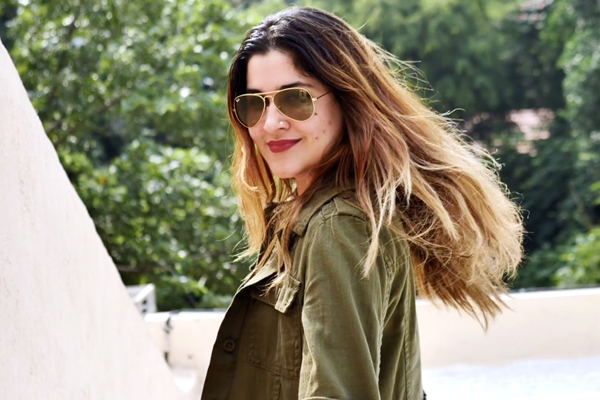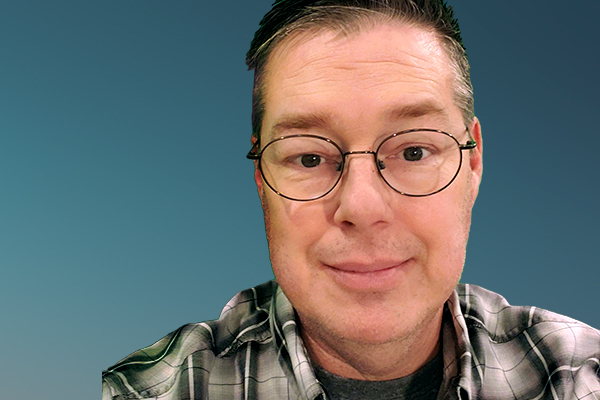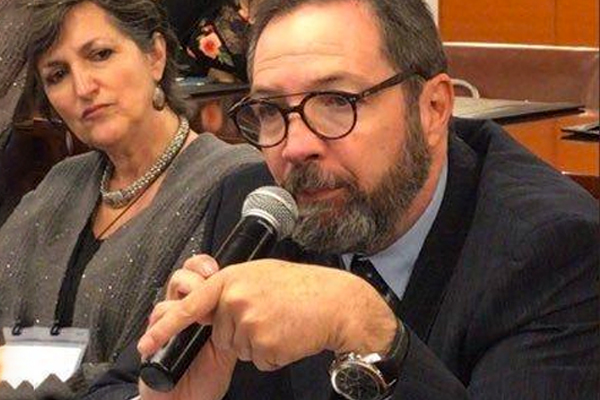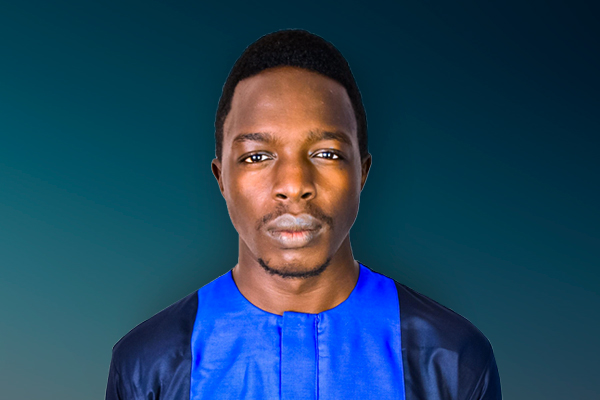My name is Shifneez and I’m from Maldives. I was diagnosed at the age of two with Sickle-Beta Thalassaemia, an inherited blood disorder that was thought to be a childhood disease. Today I am 42 years old, mom of two and a patient advocate for Sickle cell and Thalassaemia.
My mission is to share my story living with sickle cell and stand up for my cause. Volunteering to raise awareness was my gateway to healing and I hope to continue to stand up for the empowerment of patients and parents, and win the battle against sickle cell disease and Thalassaemia for those suffering.
Every person has a story; you never know the possibilities that you will open up for others when you start to tell yours.
12 June 2025
My Journey turning pain into purpose, living with sickle cell-beta thalassemia
My name is Shifneez, and I am a advocate for sickle cell and thalassemia from the Maldives.
Sickle cell often is an ‘invisible’ illness - its symptoms are not visible but the pain it causes can be life-threatening.
Sickle cell disease causes blood flow blockages in the small vessels, depriving the body of oxygen and triggering severe pain episodes known as sickle cell crises. Families like mine have had to live under constant stress. Sadly, due to lack of awareness, many lives have been lost.
I was diagnosed with Sickle cell-beta thalassemia at just two years old. That’s when my parents first found out they carried the genes. They were told I wouldn’t live past the age of 14.
Despite this, I grew up as an active student. My first major crisis struck at 14 and I endured six years of uncertainty. During that time, I discovered that dehydration, exhaustion, and infections were my biggest triggers and I had countless hospitalizations.
My parents took me to Vellore Hospital in India, where I was introduced to Hydroxyurea. Once I started the medication, my health improved—as long as I stayed compliant. I later earned a Bachelor of Teaching and worked for two years at the school I had studied at.
In my enthusiasm to my work, I neglected my health. Poor compliance led to frequent crises, and I had to quit my job and focus on healing. That period taught me the critical importance of self-care and taking my medication consistently.
For me, having access to the right treatment and information reduced pain, minimized hospital visits and gave me a chance at motherhood.
My journey isn’t just mine—it belongs to every warrior who dares to dream. I hope my story breaks barriers, shatters misconceptions, and offers hope to others who walk this path.
15 July 2025
A family’s journey with sickle cell-beta thalassemia
When I got married at 21, my journey with sickle cell-beta thalassemia became more than just mine—it became our family's story. My husband and I dreamt of having kids, but my doctors advised against it due to sickle cell disease causing a high risk to pregnancy and possible unknown foetal side effects that could arise from Hydroxyurea. The choice was devastating: continue Hydroxyurea and risk harm to my baby, or stop and risk my own health. From conception to childbirth, my husband and I faced challenges, fears and triumphs hand in hand.
When I first became pregnant, I was urged to terminate. After stopping Hydroxyurea, my haemoglobin dropped drastically, and I bled, leading to my first blood transfusion. I miscarried at 11 weeks.
That experience devastated us. I feared we’d never have children, but we weren’t ready to give up.
I became pregnant again. I wrote to several doctors about my options, and they all warned me of birth defects from Hydroxyurea. I followed medical advice to stop treatment and began regular transfusions to keep my haemoglobin stable, but I was constantly in and out of hospital.
In August 2009, under the care of an amazing medical team in Bangalore, India, I gave birth to a healthy baby boy—Elaan, who is now 15 years old.
That moment changed everything. I realized how little was known about sickle cell in the Maldives. Many patients are misdiagnosed or misunderstood. There was no patient registry, and no support system for or between people living with sickle cell. In 2012, I started volunteering with the Maldivian Thalassaemia Society, raising awareness and breaking the silence around sickle cell for the first time in the Maldives.
A year later, I became pregnant again while still on Hydroxyurea. I stopped the drug for two weeks, but complications soon returned, so I resumed. Although I was healthier, it was a stressful time, full of fear of the unknowns for my baby.
I travelled to India to deliver, under the care of the same team. Despite their concerns, my ob/gyn praised my improved health. In July 2014, I delivered my healthy baby girl, Eiliyah, who is now 10 years old.
Choosing to breastfeed Eiliyah was difficult. In 2009, I stopped Hydroxyurea to breastfeed Elaan, leading to monthly transfusions, iron overload and serious complications. I lost my spleen due to organ damage and became prone to infections resulting in multiple ICU admissions. In 2011, I was diagnosed with avascular necrosis – a common issue in sickle cell where part of the bone dies because it doesn’t get enough blood flow. It started in my hip joints and made movement painful. I continued Hydroxyurea and monitored Eiliyah closely. She’s thriving, Alhamdhullilah!
Together, my husband and I have faced every challenge. Our children are living proof of hope, resilience, and informed choice. It's not just my journey—it's the story of us- a family's journey with sickle cell-beta thalassemia.
1 August 2025
Proof of hope: when the evidence is us
While stem cell and gene therapies offer hope for a cure, research is ongoing. In the meantime, I am taking Hydroxyurea—a medication that helps keep red blood cells round and flexible. For many of us, taking Hydroxyurea has meant fewer pain episodes and a better quality of life.
Through my volunteer work, I had the opportunity to share my lived experiences with visiting Thalassaemia International Federation (TIF) delegates to Maldives in 2012. Later, I was invited by them to share my story at the 13th International Conference on Thalassaemia and Haemoglobinopathies and 15th TIF International Conference for Patients and Parents in Abu Dhabi. I learnt how little data exists on the effects of hydroxyurea during pregnancy and lactation. After facing challenges in previous pregnancies, I decided to document every stage of my last one while on hydroxyurea—becoming part of the much-needed evidence bridging clinical data and lived experience.
Thanks to my father’s advice to keep all my medical records, I can now share data about my foetal haemoglobin and sickle percentage over time. These show how Hydroxyurea helped stabilise my health, reduce crises, and prevent complications—especially during pregnancies, postpartum and blood transfusions.
Today, I continue to speak at international sickle cell and thalassaemia conferences. My story was featured on sicklecellnews.com and also in Mosaic Science’s article, ‘Why we’re testing so few drugs on pregnant women,’ where my lived experience with Hydroxyurea in pregnancy was presented as a rare but vital source of real-world evidence in a field that lacks clinical data. Each time, it opens doors for other warriors to reach out, especially during pregnancy and lactation.
Thanks to Hydroxyurea, I’m not just surviving—I’m living, loving, and thriving. I’m not only a stay-at-home wife and mom, but also a health advocate, and most importantly, a voice calling for transformation.
To doctors everywhere, I say: Educate. Empower. Encourage. Help patients and families not by just speaking for them, but by standing with them. Ensure patients receive clear, accessible, accurate information about medications and long-term care, and raise public awareness to combat stigma. Empower patients to be partners in their care, not passive recipients.
To policymakers, ministries of health, healthcare centres and academic institutions: ensure full implementation of NCD- related laws and national health acts. Equip healthcare professionals with patient-centred education on sickle cell and thalassemia, and include patient voices in shaping treatment guidelines, especially around pregnancy and long-term care. Raising community awareness on NCDs needs to be part of the education curriculums. Laws should not sit on paper they should protect lives.
To global health leaders: fund peer support systems, lived-experience-led research, and platforms that centre those most affected because sometimes, the evidence we need is already living among us.
To those who stand by me—thank you. You believe in me when others don't. You help shape the advocate I am today.
NCD Diaries
This is me, turning pain into purpose so you may find the strength to break the silence.
Aishath Shifneez Shakir, lived experience of sickle cell disease, Maldives
About NCD DIARIES
The NCD Diaries use rich and immersive multimedia approaches to share lived experiences to drive change, using a public narrative framework.

